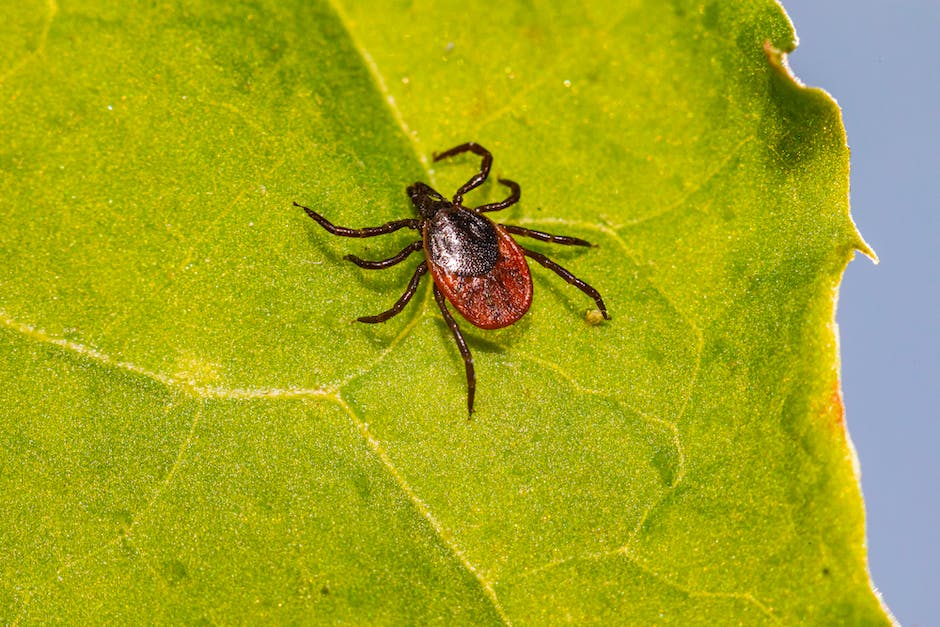
Contents
What are the different types of vectors?
Vector-Borne Diseases: An Overview
Vector-borne diseases are caused by pathogens transmitted by biological vectors. These vectors, such as mosquitoes, ticks, and fleas, can transmit disease-causing organisms such as viruses, bacteria, and parasites. Vector-borne diseases are on the rise, causing a significant and growing global burden of illness and death. In order to prevent and control vector-borne diseases and reduce their burden on human health, it is important to understand the biology and ecology of the vectors.
Types of Vectors
The most common types of vectors include mosquitoes, ticks, and fleas. Mosquitoes are the most dangerous, as they can transmit serious diseases such as malaria, dengue fever, Zika virus, West Nile virus, and Yellow fever.Ticks can cause Lyme disease, Rocky Mountain spotted fever, ehrlichiosis, and anaplasmosis, while fleas can transmit plague and murine typhus.
Vectors and Their Environments
The environment can greatly influence vector populations and their ability to transmit disease. For example, warmer temperatures can cause mosquito populations to increase, which can lead to more potential disease outbreaks. Other environmental factors, such as rainfall and humidity, can also affect vector populations and their ability to transmit disease.
Vector Control Strategies
The most effective strategies for controlling vectors are reducing their populations and preventing them from entering and spreading disease in areas where people live. These strategies include controlling breeding sites, including eliminating standing water around homes; using long-lasting insecticides; and using larvicides, such as mosquito dunks and pellets, to kill larvae before they become biting adults.
Vector Biology and Health
Vector biology is the study of vectors and their ability to transmit disease. This includes understanding the life cycle of a vector, the environment in which it lives and breeds, and the conditions that might influence its behavior. Vector biology also includes researching the genetic makeup of a vector and how it can impact its ability to transmit disease.
Vector Surveillance and Monitoring
Vector surveillance and monitoring is an important part of vector control. This involves collecting information on vector populations, such as the number of adults and larvae present, disease prevalence, and the impact of environmental factors. This information can be used to inform control strategies.
Personal Prevention
Personal prevention is the most important step in protecting against vector-borne diseases. Practicing good hygiene, avoiding standing water, wearing long-sleeved shirts and pants when outdoors, and using insect repellents are all effective methods for preventing vector-borne diseases.
Vector-borne diseases are a significant public health challenge, and understanding the biology of vectors and effective prevention strategies will be key to controlling and reducing this important health threat. Get informed and stay up-to-date on vector-borne diseases and vector biology to protect yourself and your loved ones from this growing health hazard.
